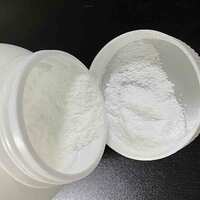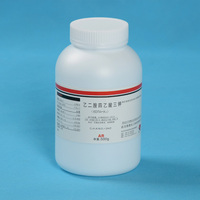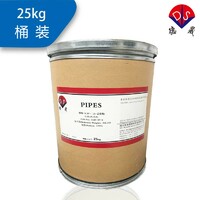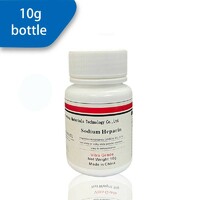The luminescent reagent acridine ester can accurately determine acetaldehyde, and the result can be obtained as soon as 3 seconds!
Product Quick Detail
- FOB Price
- USD $10.80 / Piece
- Place Of Origin
- China (Mainland)
- Minimum Order
- 1
- Packaging
- 1g/pc
- Delivery
- 15 Days
Specifications
With the development of in vitro diagnosis, many experiments use luminescent reagents for detection, among which the more popular reagent is acridine ester, which can use its own characteristics to
achieve the goal of rapid labeling of substances. In addition, due to its advantages of mild detection reaction conditions, high sensitivity, fast luminescence efficiency, and high luminescence
intensity, it will also be widely used in fields such as biochemical reagent kits, environmental monitoring, and drug analysis. Due to the recent attention paid to environmental issues in various
places, many people use acridine ester as an auxiliary test. Therefore, the following will focus on introducing this aspect to everyone.
In fact, the role of acridine ester in environmental monitoring is to measure the content of acetaldehyde in environmental water samples, which can help everyone improve and handle it in a timely
manner to prevent unnecessary trouble in the later stage.
1、 Acridine ester detection of acetaldehyde content
Acetaldehyde is generally stored in rivers, lakes, and the atmosphere in the surrounding environment. Although its content is not high, it can cause great pollution to the environment, especially
for humans, and can pose a threat to life safety. At present, when determining the content of acetaldehyde, spectrophotometry, gas chromatography, liquid chromatography, etc. are generally used,
but most of them lack sensitivity and cannot react in a timely manner. So some people have proposed an analytical method that can be coupled with enzyme reaction and acridine ester
chemiluminescence reaction for detection. Unexpectedly, the reaction was rapid and the results could be quickly seen in a short period of time, so it began to promote popularization.
2、 Principle of Acridine Ester Detection
The principle of its action is that when it comes into contact with acridine ester, it will be oxidized to acetic acid and H2O2 under the action of purinase. The H2O2 generated by the enzyme
reaction can react with acridine ester, and the luminescence is flash type. The reaction can be completed quickly within 3 seconds. If the luminescence intensity is within the required range, its
content can be detected.
- Country:
- Business Type:
- Market:
- Founded Year:
- Address:
- Contact:Jing Zhao











